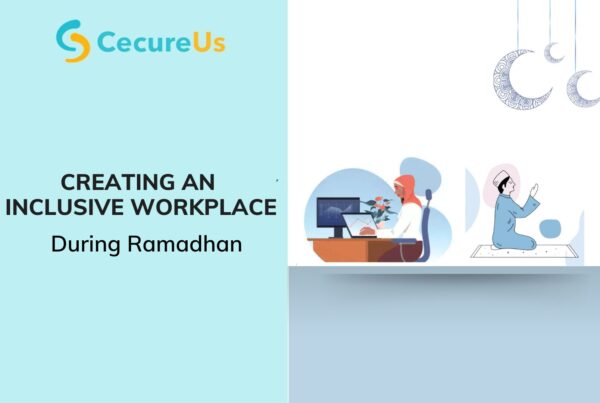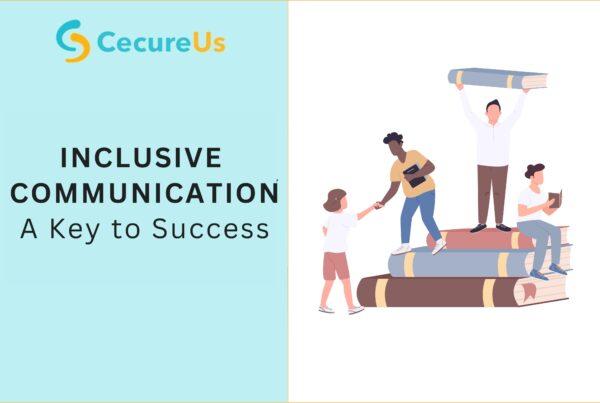The first step toward achieving Inclusive Diversity in organizations is to remove the existing biases in the workplace by sensitizing employees and implementing stringent bias-free policies. Unconscious biases have a massive impact on the thought process of employees in our workplace, its culture, and the daily functioning of our organization, which makes Inclusive Diversity a challenge. Given that employees are from diverse backgrounds and ethnicity, is it possible to change the entire thought process or effectively yank the existing biases to bring in Inclusive Diversity in workplaces? The answer is, Yes. The first step towards achieving workplaces that foster Inclusive Diversity is identifying the problem areas in the organization.
There are several forms of unconscious biases that plague our workplace. It impacts employees and our work culture. Reducing workplace biases and their impact is a long process and, in many small ways, could alter the course of your organization in terms of productivity, culture, and employer brand.
We have compiled a few easy steps to enable you to kickstart the journey of transforming your organization by eradicating the existing biases and making Inclusive Diversity an achievable mission.
Understand what biases affect your organization predominantly:
To craft strategies and arm ourselves with ways to reduce workplace biases in organizations, it is imperative that we first understand the predominant biases that exist in our teams.
- Look out for stereotypes and discriminatory statements that signify biases in meetings, especially during promotions, project placements, and even increments.
- Identify the generalization of different groups during meetings and rewards and recognitions.
- Administer organization-wide tests to analyse the types of biases that employees may be dealing with. The better we recognize and understand biases in the workplace, the more effective our strategies to curb biases can be.
Awareness programs and sensitization workshops throughout the organization:
- Stitch together programs on Inclusive Diversity that help employees become aware of the biases they hold subconsciously. Conduct training programs that help them develop the needed empathy and sensitivity to get over their mindsets towards different groups and related biases.
- Workshops on Inclusive Diversity conducted in the workplace by Unconscious bias experts using real-life scenarios and case-based sessions enable employees to identify their biases and overcome them seamlessly.
- Workshops designed targeting different roles, from hiring managers to people managers and individual contributors, would help eliminate biases that crop up at every level of the organizational structure, thereby fostering Inclusive and Diverse workplaces.
Eliminate Biases in recruitment:
Stereotyping begins right from recruiting and hiring new employees into the organization. This hinders Inclusive Diversity at the very first step. Below are some foolproof ways to eliminate biases while hiring so that organizations can tap a talent pool while promoting Inclusive Diversity.
- Ensure that the job descriptions are framed in ways devoid of biases of any form, leading to a broad spectrum of applications.
- Set up a standardized application and selection process that ensures the hiring happens based on merit alone.
- Structured interview processes with a comprehensive scoring system, pre-determined questions, and activities for specific roles help select candidates based on potential.
Unlearn group thinking:
Group thinking in an organization is a consequence of our affinity toward similar-minded people. While it is not morally wrong, it could blindside us to the opinions and suggestions of others at work. This could limit inclusiveness and, in turn, creativity. Employees may also begin to feel they don’t belong in the organization, leading to dissatisfaction and eventually employee turnover.
It is vital to ensure that all employees in a team are given equal opportunities to voice their suggestions during discussions, brainstorming sessions, or even status update calls. All employees in the organization must feel heard and a part of the group.
Build dependence on data and statistics for informed decision making:
Data and statistics have made a vast difference in the functioning of most organizations. Therefore, any decision taken for the well-being of employees must be dependent on data rather than assumptions.
Performance evaluations, promotions, increments, or incentives must be backed by data. Such decisions guarantee that they are valid and ensure the absence of partiality to some individuals/groups over others in the organization.
Talent Development:
While planning growth and development programs for existing employees, employers/HR in organizations must ensure that such opportunities are presented to all employees or based on skill sets and competencies.
Performance reviews and project placements must be structured on competencies and performance and not based on individuals. Such measures leave out the chances for biases, enabling fair opportunities for all.
Set up support systems and safe spaces in organizations that allow employees to talk about their experience with discrimination:
Getting stereotyped and discriminated against is an ordeal that leaves a lasting impact on an individual. To help employees cope and ensure that such instances can be tracked, organizations must set up safe spaces and forums that allow them to speak up about such incidents without fear of retaliation.
Follow the above steps to begin your journey towards reducing unconscious biases in your organization. Successfully eliminating the predominant biases helps to promote inclusive diversity, inevitably leading to a more creative and secure workspace.
To know more about our Prevention of Sexual Harassment (PoSH), Diversity, Equity and Inclusion (D,E&I) and Employee Assistance Programs (EAP) solutions do write to us at connect@cecureus.com or call us at +91-7200500221





One Comment